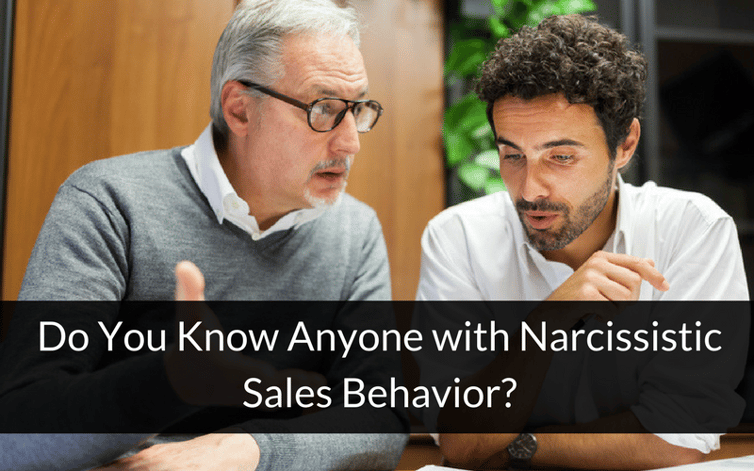
People like, no make that love to talk about themselves. If they do all the talking, they think they’ve had a great conversation.
Did you ever walk away feeling you really connected with someone, and then realized you didn’t really know anything about the person you just talked to for 30 minutes or more?
It’s like a blind date gone bad, but it happens all the time in sales. Salespeople want to sell and, to many, selling means telling. The show up and throw up method doesn’t project well on a blind date any better than it does in an early sales interaction.
The early sales engagement should not be a:
- Tell all about the great features you have to offer
- Tell all about the great clients your company serves
- Tell all about how the founders started your company
You can talk, talk, talk in the hopes something will resonate and you will make a connection, but in the meantime, the buyer is thinking about what’s for lunch in the cafeteria or all the things you’re keeping them from doing. Not one word about the features your sales team has showered on the buyer sticks because right now, they aren’t relevant.
Why not? Because your sales team isn’t connecting and learning how your solution may be relevant to this customer.
Use the Force of Stephen Covey
One of Stephen Covey’s Seven Habits says, “Seek first to understand, then to be understood.” In business terms, this can be put another way: You have two ears and one mouth. Use them proportionately.
It isn’t up to your buyers to figure out how your product benefits their company. You’re making them think too hard about how your solution fits into their processes. There’s no clear space for your puzzle piece.
The people who should be talking about themselves are your buyers. While droning on and on about features and benefits is a commonly used tactic, it’s not the sales behavior that lands deals anymore, not that it ever really was effective.
The best conversationalists, and the best sales people, let the other party do most of the talking.
Listen Twice as Much
Sales training must focus on listening skills. Your sales rep needs to understand the problem to create a connection with the buyer. To understand, you must listen. Ask a leading question and then be quiet. Hear the answer.
The answer could lead to another question; ask it, wait silently, and then listen some more. You will begin to understand the business and how your solution can help, while the buyer will feel like it was a good conversation. Instead of getting a blank stare, you will hear enthusiasm.
Engagement is the key. A buyer will tune out a monologue, but will be happy to open up about their business problems. Why? Because people love to talk about themselves, and their business problems are an extension of themselves.
When to Talk
It’s time for you to talk when it comes time to show how your solution fits into their processes. Talk when you’re asked a question, answer concisely, and if you can, conclude by asking them another question. The rest of the time, you should actively listen to what your buyer has to say.
Throwing out a list of features and spilling the benefits you think your solution has is meaningless without the framework provided by the customer’s processes and workflows. Once you understand the business, having listened 2x as much as you spoke, you can now stick to the features that matter, and more importantly, how those features resolve their specific issues.
You can’t build a business case by talking, and you need a business case to sell a complex solution in the B2B space. The most successful sellers put the pieces together for the buyer and translate the business case for each stakeholder.
Conclusion
Value selling is a two-way conversation about your buyer, not your product and not your company. Listening leads the way through the buyer’s journey. Excess talking just echoes endlessly in the funnel until it fades away, along with the deal.









